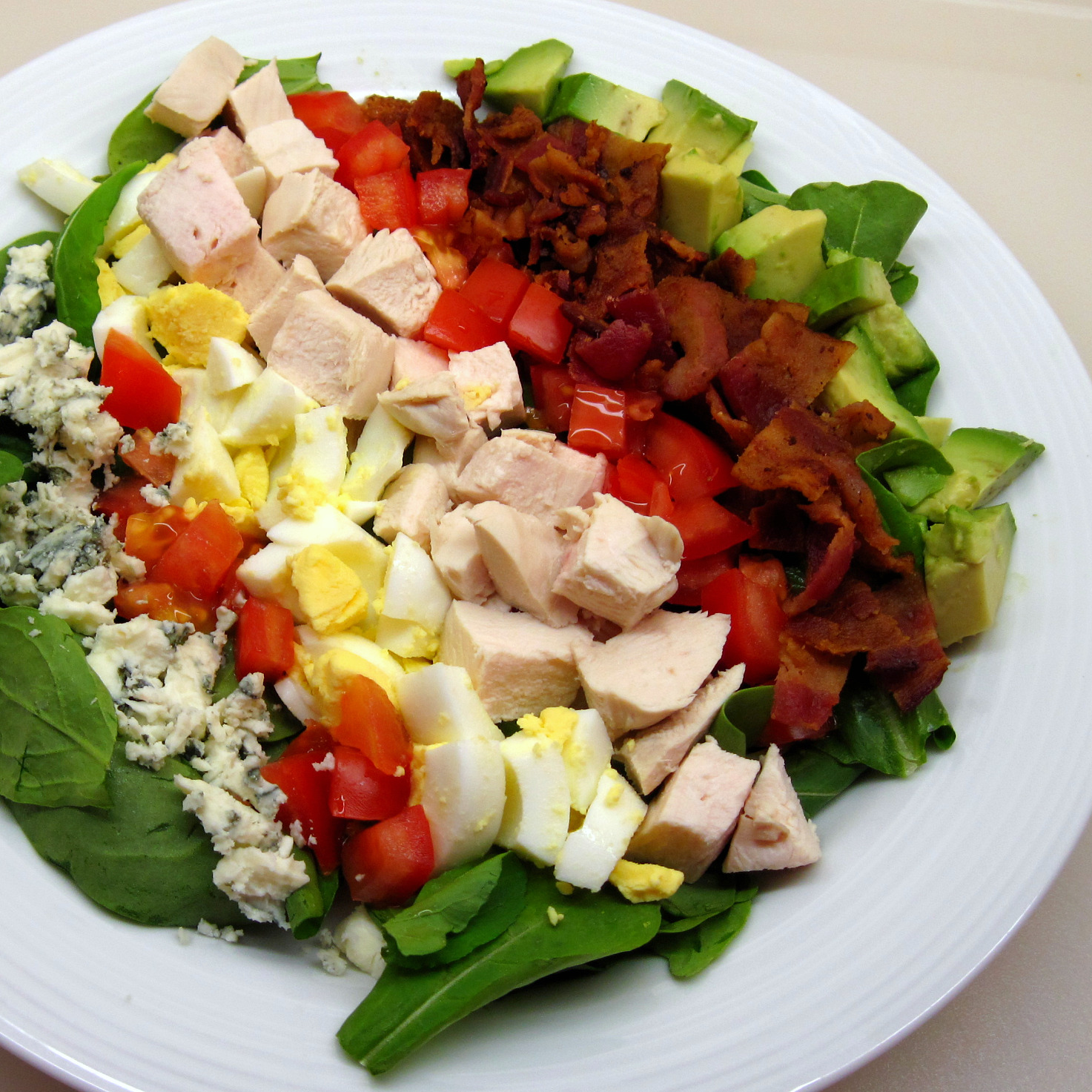Before you go and think all chemical reactions happen like they do in this gif, let me burst that glorious bubble. Right now, hopefully, you are making a chemical reaction by breathing. See when you breathe in you inhale oxygen, but when you breathe out, you exhale carbon dioxide! Technically your body conducts experiments!
Chemical reactions happen when atoms bond. But Gabby, how do atoms bond? Well mysterious stranger who is reading my beautiful blog, how long do you have? Just kidding, this shouldn't take long *she says hopefully*. There are 3 different kinds of atomic bonds. WHAT? THREE BONDS YOU SAY? WHAT IS THIS MADNESS (cut me some slack people I just had three cups of fanta orange and a waffle cone dripping in chocolate ice cream so I'm gonna be energetic. )
Before we go on, here are some key terms you need to know.
Shell - Electrons going around the nucleus at different distances. Each shell has a certain number of atoms.
Cloud- random electrons going in a roughly spiracle orbit.
Stable - When an atom's outer most shell is 100% full and usually won't react with any other atoms
Unstable - when an atom's outer most shell isn't completely full and interacts with others so they can have a full outer shell.
Ions - atoms with electrical charges
Valence Electrons - electrons on the outer most shell that can bond with others.
I honestly hope you read that because if you didn't you are about to be really confused...
So what are these magical types of chemical bonds? Covalent, Ionic, and Electrostatic Attractions!

We can start with covalent bonds. Covalent bonds share electron pairs, like H2O! Agua! Water! There are two types of covalent bonds, polar and non-polar. Non-polar covalent bonds are bonds with equal sharing of electrons. It happens when two identical non-metals equally share electrons. See! Simple! Now polar covalent bonds are bonds with sharing of electrons.

^^^^^^Example^^^^^^
Ionic bonds happen when one atom takes an electron from another. This causes one to be positively charged and the one who was robbed to be negatively charged. This causes Electrostatic Attractions, another type of bond. Electrostatic Attractions happen when two oppositely charged atoms attract. You know the phrase opposites attract? This applies here! Haha, I made a funny! Hang in there people we are almost done. Just survive the picture!






